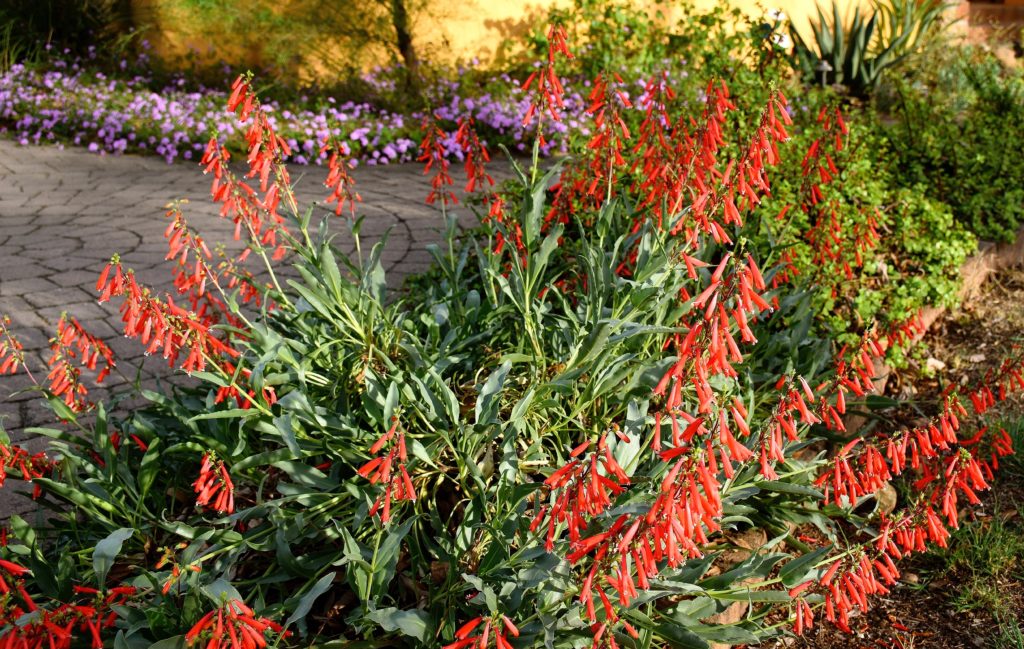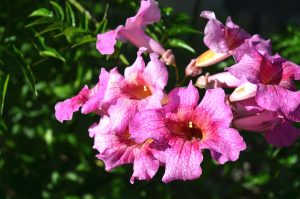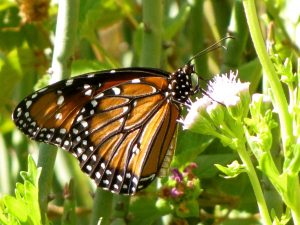2022 has arrived! Let’s take a “drip” down memory lane. Here are our top 5 blogs from 2021.
#1 Plant of the Month: 5 Plants That Can Take the Southwest Heat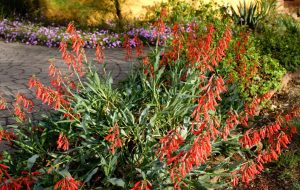
It’s no surprise that the biggest challenge to growing plants in our region is the intense heat and dryness of summer, which is a stressful environment for plants. Thankfully, there are several plants that thrive in a hot, dry climate. Here are a few of Southwest Gardening’s Noelle Johnson’s favorite plants that can take the Southwest heat.
#2 How to Use Olla Irrigation
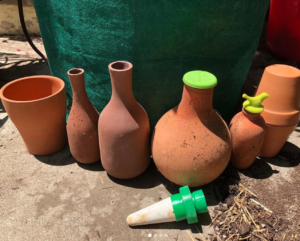
Use of low-fired, clay ceramic vessels (ollas) is an ancient technique for the efficient irrigation of crops. First, in use in China and North Africa more than 4,000 years ago, the technique has spread throughout arid regions of the world. The use of ollas (pronounced oh-yahs) can save the gardener time, energy, and water. Olla users report that their vegetable gardens produce more lush plants with higher productivity. Plants watered in this way do not undergo stress cycles due to water and can live and produce longer. Ollas can be a relatively inexpensive way to maximize your garden output while minimizing overwatering, runoff, and water loss.
#3 Plant of the Month: Pink Trumpet Vine or Podranea
The Pink Trumpet Vine, Podranea ricasoliana, exuberantly blooms in fall with flared, trumpet-shaped flowers. If looking for seasonal color, be sure to add this one to your plant palette. Note – be sure to properly identify at the nursery as it can commonly be mistaken for Bower Vine or Pandorea jasminoides.
#4 Plant of the Month: How Do Those Desert Plants Survive?
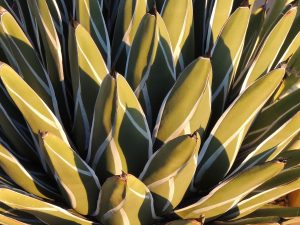
Desert plants tend to look very different from plants native to other regions. They are often swollen, spiny, and have tiny leaves that are rarely bright green. Their strange appearance is a result of their remarkable adaptations to the challenges of the desert climate. Aridity is the sole factor that defines a desert and is the primary limitation to which desert organisms must adapt.
#5 Sustainable Gardening in the Desert – 10 Easy Tips
Many of us garden for the pure aesthetics that a well-maintained landscape brings to our home. However, there is more to a garden than just beauty. As we consider the installation or renovations to our landscapes, it’s a great time to think about gardening sustainably. Our gardens can provide food and shelter for wildlife, insulate our homes, prevent water runoff leading to flooding, provide oxygen to the atmosphere, and provide food for us. Unfortunately, there are many gardens and landscapes that consume more resources than they provide. With a few tips, we can all garden in a more sustainable way.
Want more? Here are our Runner-Ups:
WaterSense Labeled Homes: Building in Water Savings for Arizona
Water – Use It Wisely Has a New Look!


